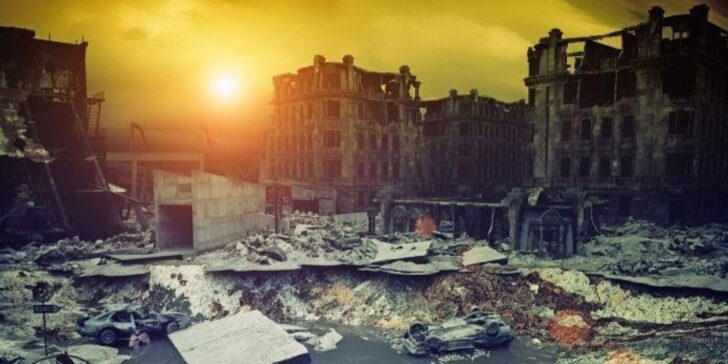Across the world we experience earthquakes, some countries more than others, but why is this?
We know that an earthquake causes the ground to move which can cause destruction to our built-up areas.
But what causes them in the first place?
In this article, we will look at the causes of earthquakes around the globe.
What is an earthquake?
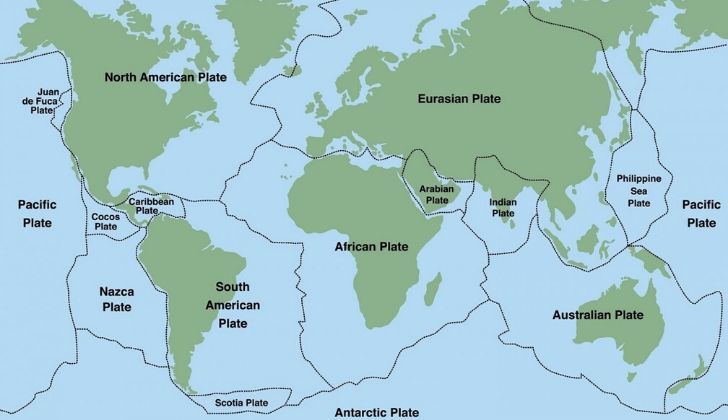
An earthquake is the vibrations of the earth when the surface begins to move as a result of a sudden release of energy.
This sudden release also known as a seismic wave is caused by movement or a sudden break in rocks underground.
Most earthquakes occur where the tectonic plates meet or where there are fault lines, but they can also be caused by volcanoes, landslides and explosions.
They occur specifically when there is a sudden movement of rock in the earth’s lithosphere.
An example from volcanoes is when pressure is built up under the surface, it needs to be released and this sudden explosion can cause seismic waves, which results in an earthquake.
What do fault lines have to do with earthquakes?
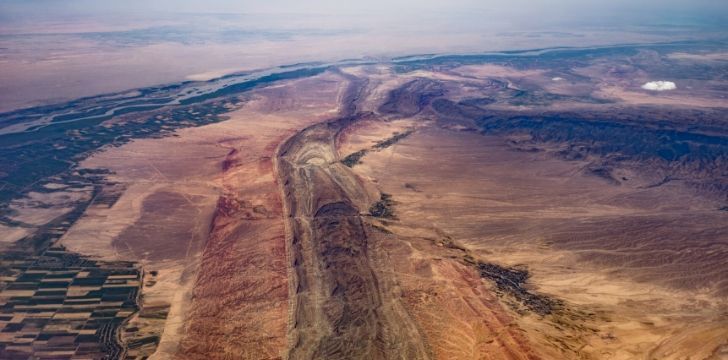
Fault lines are where rock segments under the earth’s surface have experienced fractures.
Fault lines can vary dramatically; some can be as small as 1-2 inches (2.5-5 centimeters) or up to thousands of miles long.
The state of California has some of the biggest fault lines in the USA, with seven major ones being in the San Francisco Bay area.
These cracks in the earth’s surface mean that when there is any movement from the tectonic plates, sediment from the rock is likely to break away and fall off which causes an earthquake.
As the fault lines become bigger, so does the earthquake.
For example, in California, if there is a slight movement between the Pacific and North American plates this could cause movement and breakages of the rocks with the fault lines.
What is a seismic wave?
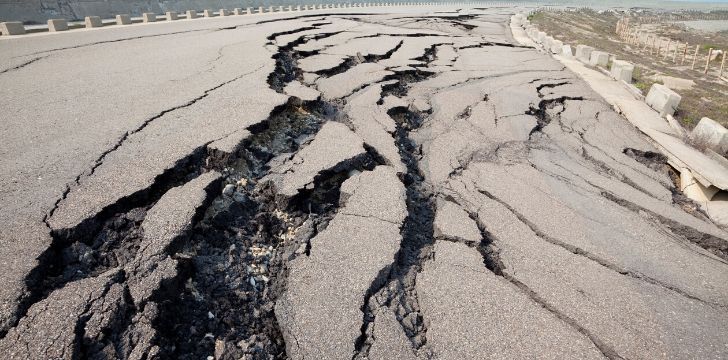
A seismic wave is a name for the energy that travels through the earth’s layers when a sudden movement happens.
We have been recording earthquakes for over 4,000 years now and in modern-day a seismometer is used to measure these energy waves.
It does this by recording ground movements and vibrations.
Not only is it used to locate and predict earthquakes but it is used to study the earth’s internal structure.
In simple terms, it works to measure the up and down movements of the earth, by using a weight attached to a spring, which will move up and down depending on vibrational movements in the ground.
A pen is attached which records these movements on paper every time the weight moves.
What is a tremor?
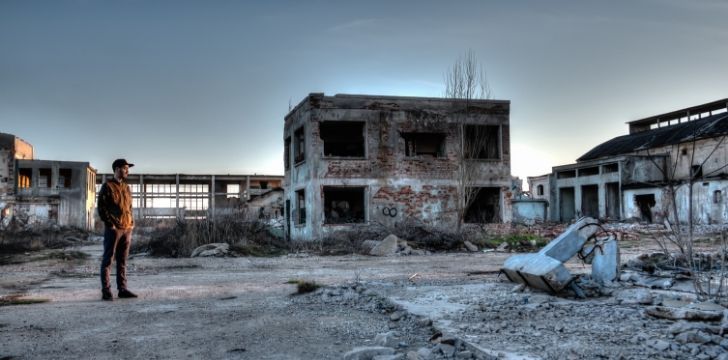
You may have heard the term “tremor” instead of an earthquake.
It is the term used to describe a non-earthquake seismic rumble, so anything under a certain size.
They can sometimes be indicators that an earthquake is coming and these are known as foreshocks.
However, they are not reliable indicators that something bigger is on its way.
How do we measure an earthquake?
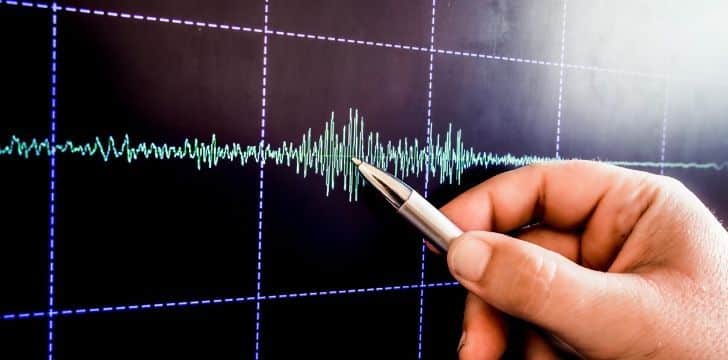
Earthquakes are measured by magnitude using the Richter scale.
Charles Richter invented the Richter scale in 1935 and it became the universal way of measuring how strong an earthquake was.
The Richter scale is a set of numbers that is used to tell the power of an earthquake and is a logarithmic scale.
For example, an earthquake with magnitude 3.0 is about 10 times the amplitude of an earthquake with a score of 2.0.
The scale was used alongside a seismometer which could detect earthquakes from around 62 miles (100 kilometers) away.
There is an increase in amplitude by a factor of 10 for each level on the Richter scale.
Is a Richter scale use solely for measuring earthquakes?

The scale itself can be used to decide how powerful any act which has impacts on the earth’s surface is.
An example of this can be seen throughout certain events in history that have been recorded using the scale.
For example, both the Nagasaki Atomic bomb explosion and an earthquake in Lancashire, United Kingdom in 2008 measured the same on the Richter scale.
Both the above events measured an approximate 5 magnitude on the Richter scale, indicating that 32 kilotons of seismic energy were recorded during these acts.
What country has the most earthquakes?
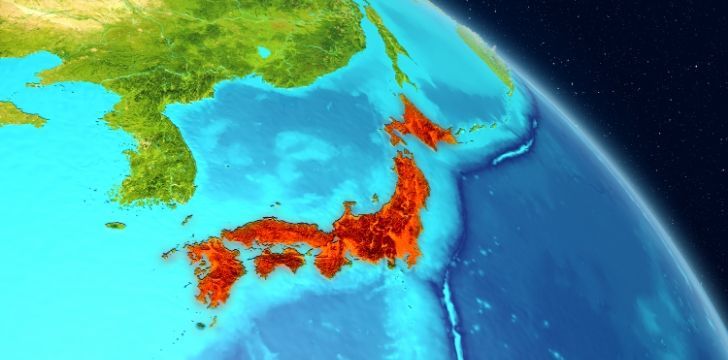
Japan has experienced the most earthquakes on record.
This is because Japan sits on one of the most seismic active places in the world.
The densest seismic network in the world lies beneath Japan, which means it is more likely than other areas to experience earthquakes on a regular basis.
What was the most deadly earthquake to date?
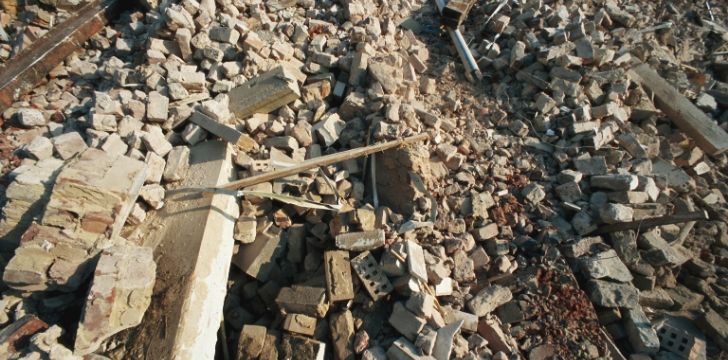
You might think that the most deadly earthquake of all time would be the biggest, but that isn’t always the case.
Historically the most deadly earthquake recorded was in China on January 23, 1556, in the province of Shaanxi.
The powerful earthquake killed around 830,000 people.
When the Richter scale was invented in the 1930s, scientists predicted what magnitude this earthquake could have been.
The results from the prediction suggested it would have been between 8.0 to 8.3 on the Richter scale.
Other factors to its size could make an earthquake more deadly, things like surroundings and safety will reflect the number of deaths from an earthquake.
What was the biggest earthquake?
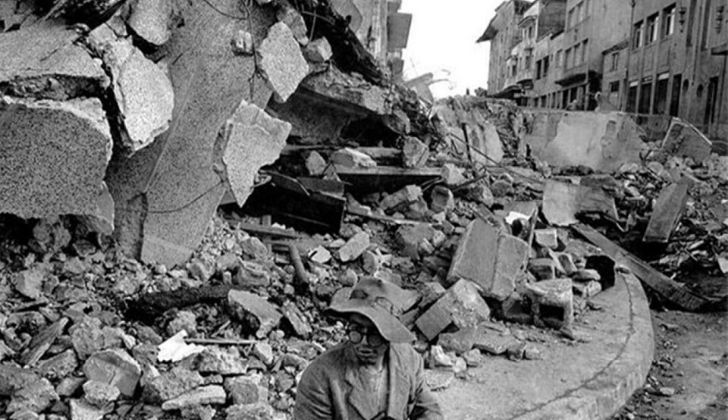
The biggest earthquake on record was the Valdivia earthquake in Chile in 1960, which measured a magnitude of 9.5.
The earthquake caused a tsunami which, combined killed around 5,700 people.
The second biggest earthquake on record was the 2004 Indian Ocean earthquake which caused a devastating tsunami.
It measured a magnitude of 9.3 and it ended up killing around 230,000 people across India, Sri Lanka, Thailand and Indonesia.
An earthquake is the result of the earth’s layers experiencing sudden movement, which causes built-up energy to create seismic waves.
There is no escaping these monstrous acts of nature but there is a lot we can do to prepare for them.
As technology has developed, our ability to measure, predict and prepare for earthquakes has excelled in recent years.
This means that in most cases earthquakes don’t cause as much destruction to humanity as they once did, but that is still no reason to ignore them.
As long as the earth keeps moving we will always experience earthquakes.

